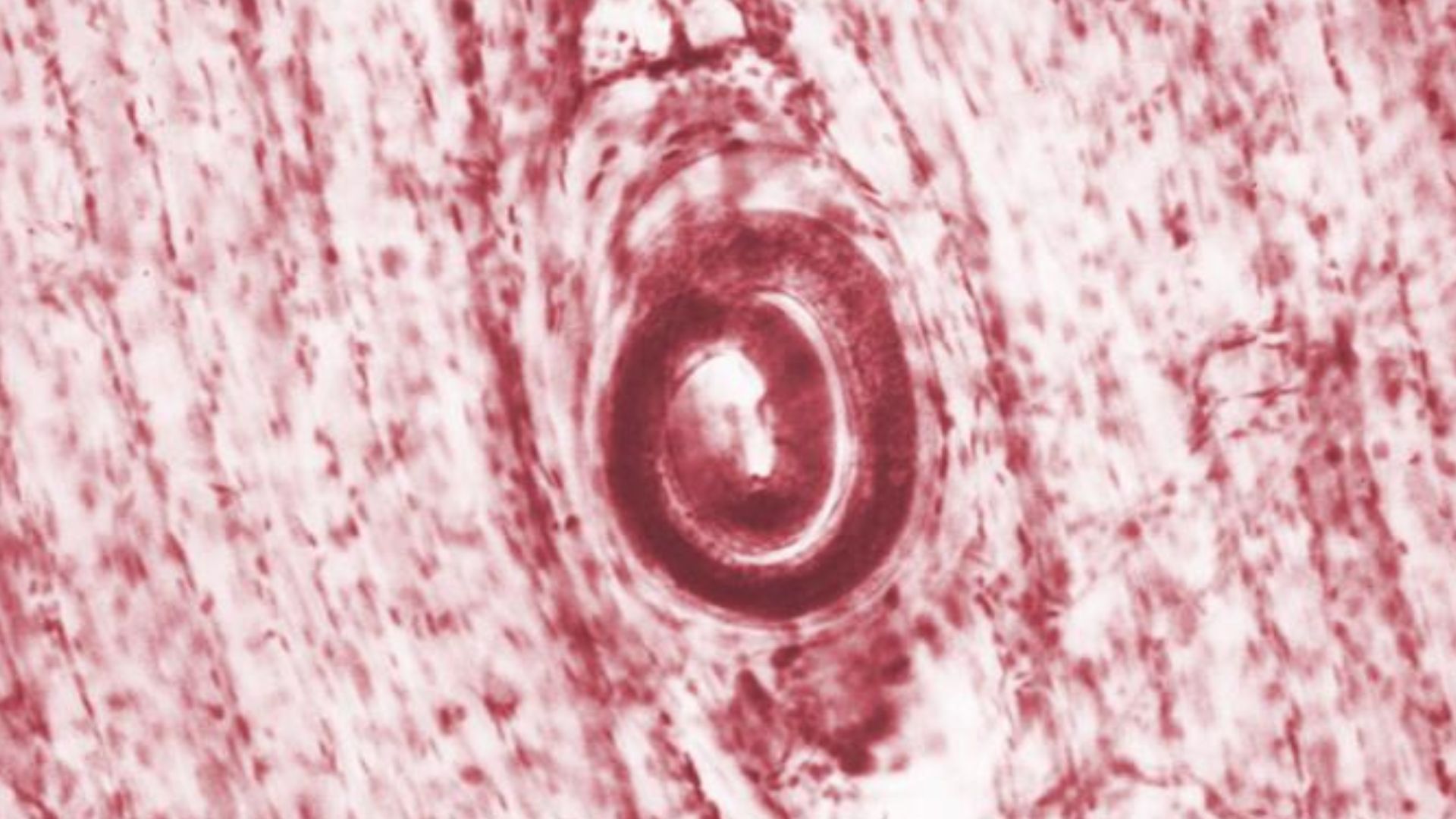IJMS, Vol. 25, Pages 4566: OMA1-Mediated Mitochondrial Dynamics Balance Organellar Homeostasis Upstream of Cellular Stress Responses
International Journal of Molecular Sciences doi: 10.3390/ijms25084566
Authors: Robert Gilkerson Harpreet Kaur Omar Carrillo Isaiah Ramos
In response to cellular metabolic and signaling cues, the mitochondrial network employs distinct sets of membrane-shaping factors to dynamically modulate organellar structures through a balance of fission and fusion. While these organellar dynamics mediate mitochondrial structure/function homeostasis, they also directly impact critical cell-wide signaling pathways such as apoptosis, autophagy, and the integrated stress response (ISR). Mitochondrial fission is driven by the recruitment of the cytosolic dynamin-related protein-1 (DRP1), while fusion is carried out by mitofusins 1 and 2 (in the outer membrane) and optic atrophy-1 (OPA1) in the inner membrane. This dynamic balance is highly sensitive to cellular stress; when the transmembrane potential across the inner membrane (Δψm) is lost, fusion-active OPA1 is cleaved by the overlapping activity with m-AAA protease-1 (OMA1 metalloprotease, disrupting mitochondrial fusion and leaving dynamin-related protein-1 (DRP1)-mediated fission unopposed, thus causing the collapse of the mitochondrial network to a fragmented state. OMA1 is a unique regulator of stress-sensitive homeostatic mitochondrial balance, acting as a key upstream sensor capable of priming the cell for apoptosis, autophagy, or ISR signaling cascades. Recent evidence indicates that higher-order macromolecular associations within the mitochondrial inner membrane allow these specialized domains to mediate crucial organellar functionalities.

 1 month ago
13
1 month ago
13


